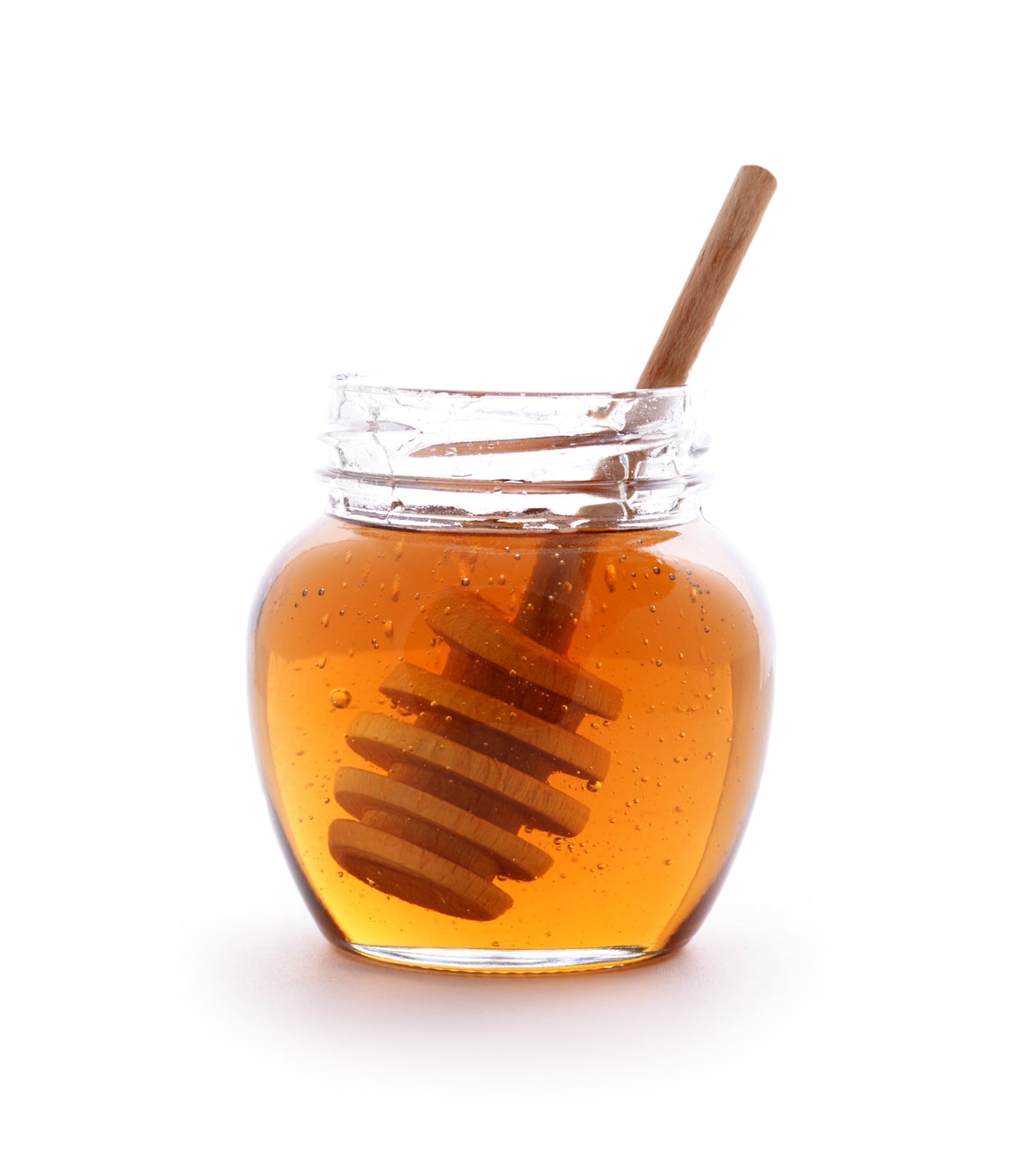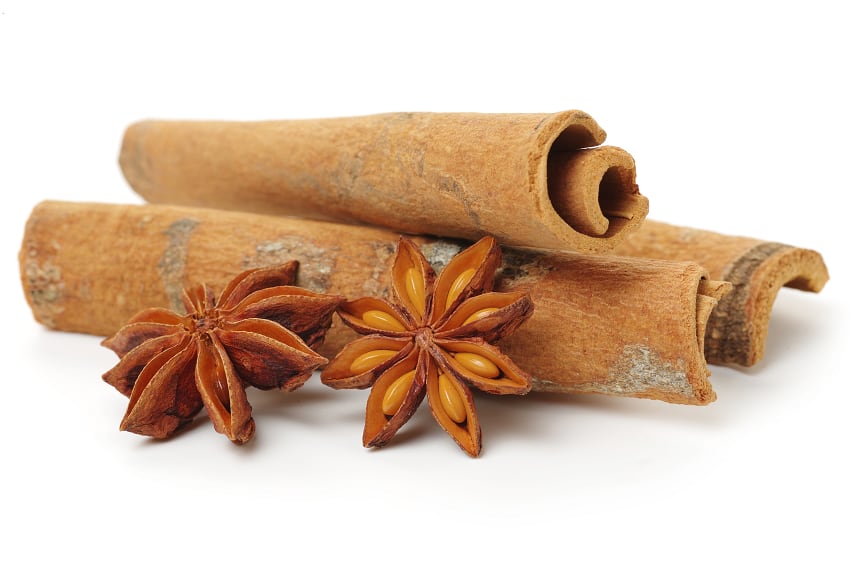Remember when Lady Gaga strode down the red carpet swathed in raw beef? It was tempting to think we had reached ‘peak meat’.
Gaga’s dress has since been preserved like a massive piece of beef jerky and hangs in the Rock & Roll Hall of Fame, but it could arguably have done with half an hour on the barbecue and a sweet, smoky marinade.

Despite having the image of the singer’s sinewy garb seared into its collective mind forever, the British public has not lost its taste for serious meat-led cookery. And in meat cookery, there is no higher doctrine than barbecue.
Given the attention to detail and experimentation with which chefs and operators now approach barbecue techniques and culture, maybe some good has resulted from Gaga’s questionable fashion choice.
As a cuisine, barbecue culture extends beyond the clichéd, somewhat uncomfortable stereotype of dim dads drinking flat lager around a puny backyard grill.
Nearly every culture across the world has its own interpretation and dogma when it comes to grilled meat.
“Barbecue cooking is evolving and aficionados are fast becoming a group with serious spending power and serious appetites,” says Oana Gheorghita, meat category manager at supplier Bidfood.
“Today’s al fresco eating is a world away from the sausage and burger combo. Modern barbecue encompasses a range of flavours, cooking styles, meats and cuts and represents a key market for pubs seeking a competitive advantage.”
Across the pond and far away
American barbecue is the most overtly influential style on UK foodservice. The US commander-in-chief’s phone-tapping accusations may have temporarily put a spanner in Anglo-American relations but, when it comes to food, the special relationship endures.
“As the undisputed kings of the barbecue, the increasing movement towards everything American is a major foodie trend for this year,” Gheorghita adds.
“Robust joints of meat cooked low and slow are classic features of US barbecue – for example, the traditional Texan beef brisket, the Carolina pork shoulder and the baby-back ribs of the Midwest.”
One bonus of putting the time into sourcing and learning to cook these cuts of meat, she says, is that they are – as a rule – substantially cheaper than traditional cuts, yet pack serious flavour.
“This style of cooking requires much less staff resource, as the dishes can be prepared well ahead of time – making it a cost-effective alternative to standing directly over hot coals,” she adds.
“American barbecues extend beyond the simple act of cooking al fresco, but also refer to specific recipes, traditionally served at informal, social gatherings, often all-day affairs.”
This ‘staggered’ approach to eating, easily replicable within the confines of a pub garden, can increase dwell time at sites and help drive beverage sales, she says.
Eastern promise
Asian barbecue traditions are also impacting UK foodservice trends. Chinese and Japanese, perhaps the more accessible of Asian cuisines, are still popular but lag behind Korean and Vietnamese versions when it comes to getting customers excited.
This is largely down to the success of street food vendors in bringing these tastes to the attention of younger British consumers, Gheorghita believes.

These cuisines are portrayed (not entirely accurately) as being lighter and ‘fresher’ than Anglo-European or US-style cooking, boosting their appeal to more health-conscious customers who would otherwise avoid heavy barbecue dishes.
“For this category, chicken is ruling the roost thanks to its versatility and healthy status as a lean meat,” Gheorghita says.
“Poultry lends itself to barbecue and street food concepts, with Korean, Vietnamese and even Malaysian flavours all working well.
“Its adaptability means that it can be flavoured with a range of seasonings and sauces, from Teriyaki to chilli, allowing chefs to push boundaries.”
Needless to say, a well-stocked spice rack is fundamental to pulling off authentic Asian barbecue cooking.
“Marinades containing Chinese five spice are increasingly popular among chefs,” Gheorghita says.
“The aromatic notes of cinnamon, fennel, star anise, ginger and cloves mixed with honey, sesame seeds and soy sauce create a rich, deep flavour which complements flame-grill cooking.”
She also suggests chefs familiarise themselves with lemongrass, which has a subtle but fresher, arguably more authentic, flavour used with grilled meats.
Burger off
Trendier world barbecue styles tend to dominate conversation in the hospitality industry, particularly among more Instagram-orientated chefs.
But that’s not to say burgers and sausages have fallen by the wayside. Quite the opposite.
The UK burger market is currently estimated to be worth c£2.8bn, with Millennial customers – the holy grail for marketeers – driving the trend.
“The personalised burger is an obvious attraction,” says Darragh Gilhawley, head of business development for the UK at Big Al’s Foodservice.
“Burgers are increasingly served as a ‘premium’ option, with more and more people seeing customisable toppings as indicative of a ‘gourmet’ burger.”
Consumers are also becoming less fussy when it comes to the meat used in their burgers – no horsegate jokes, please – presenting the opportunity to reduce the costs involved in buying 100% beef.
“We are now seeing burgers being added to – with toppings such as pulled pork brisket – and blending pulled meats into a complete burger,” says Hugh Judd, foodservice manager at the Agriculture & Horticulture Development Board (AHDB).
“You might have 70% beef mince and 30% pork. Pork is cost-effective and, added to beef, lends an extra dimension to the burger.”
Kitted out
Whether it’s burgers or more obscure cuts, investing in solid kit is, in most cases, a necessity to elevate a pub’s barbecue offer above the insipidly average.
“Only a few items are necessary to ensure venues are ready to get cooking,” says Henry Stephenson, managing director at catering equipment supplier Stephensons.

A high-end barbecue grill is a sizeable investment. But, Stephenson argues, the initial investment often pales in comparison with the potential revenue stream it opens up.
The obvious pitfall is that, in the UK, sunlight and warmer weather can be scarce commodities. As a result, there can be substantial risk involved in funnelling money into a highly seasonal aspect of one’s business.
However, there is a range of equipment choices on the market which can function outdoors and indoors to counteract that risk.
“A barbecue such as the Kamado Joe Ceramic Grill can be used both indoors and outdoors, ensuring the cooking continues whatever the weather, a significant advantage over outdoor-only alternatives,” says Stephenson.
“The temperature of the Kamado Joe can be easily and accurately altered thanks to the top vent and draft door – these features mean there are more cooking options than a normal barbecue, including grilling, smoking, searing and baking.”
He adds: “An alternative option are Cinders barbecues, which are especially designed for professional outdoor catering. Due to their large capacity, Cinders are a great option for pubs hosting summer barbecues.”
So, with consumer demand for barbecue remaining strong and more and more chefs dedicating time and attention to it, unlike Gaga’s infamous dress, barbecue seems far from past its sell-by date.
